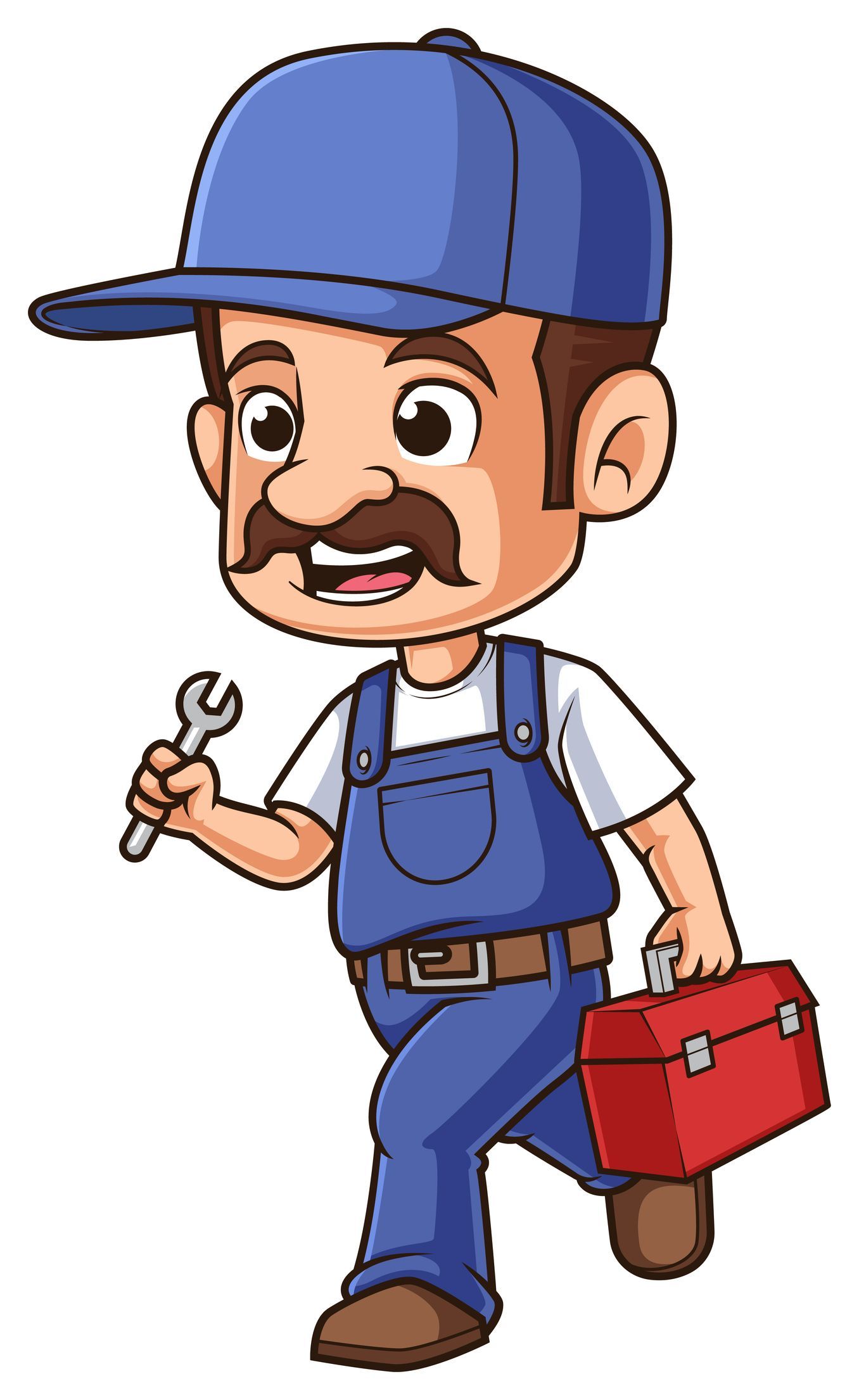Hot water is something most homeowners don’t think twice about—until it’s gone. Whether you’re suddenly stuck with a cold shower or your aging unit just isn’t keeping up, SMART Plumbing LLC is your trusted partner for water heater repair, replacement, and installation in Lawrenceville, GA, and throughout Gwinnett County.
With over 15 years of experience, our team provides dependable, honest, and SMART water heater services that keep your home comfortable and efficient. From quick repairs to full system replacements, we take care of your water heating needs with no-pressure professionalism, expert workmanship, and a commitment to doing the job right. Call us at
(678) 687-1777 for a quote.

Water Heater Problems?
We’ve Got SMART Solutions
There’s no convenient time for your water heater to stop working, but when it does, you need a licensed plumber who shows up prepared. At SMART Plumbing LLC, we help homeowners troubleshoot water heater issues and find the most effective solution based on their home, budget, and lifestyle.
Whether it’s a faulty heating element, a leaking tank, or inconsistent hot water, we take a smart, efficient approach to diagnose the issue and get things running again quickly. We handle all makes and models of both traditional tank and tankless water heaters, and we’ll never recommend a replacement unless it truly makes the most sense.
Professional Water Heater Installation and Replacement
If your unit is over 10 years old, frequently needs repairs, or simply can’t meet your hot water demand, it may be time to consider a replacement. We offer professional water heater installation in Lawrenceville, GA, and surrounding areas, helping you choose the right size and model for your home. Our experienced plumber handles everything from removal to setup, ensuring your new system is installed safely, to code, and with maximum efficiency. And with warranties available, you’ll have peace of mind knowing your investment is protected.
- Traditional Gas & Electric Tank Water Heaters
- High-Efficiency Tankless Water Heaters
- Energy-Efficient Upgrades
- Smart-Controlled Water Heating Systems
- Expansion Tanks & Code Compliance Upgrades
Whether you're building a new home or replacing an aging unit, we make sure your hot water system is built to last.
Reliable Water Heater Repairs in Gwinnett County
Not every issue means a full replacement. In many cases, a skilled repair can extend the life of your current unit and restore your comfort quickly. At SMART Plumbing LLC, we perform expert water heater repairs to restore performance and help you avoid unnecessary costs.
Common Water Heater Problems
No Hot Water or Fluctuating Temperature
Strange Noises Coming From the Tank
Leaks Around the Base of the Unit
Water That Smells or Looks Discolored
Pilot Light or Ignition Problems
High Energy Bills
Our SMART repair process begins with a thorough inspection. We’ll explain the issue clearly, outline your options, and complete repairs with lasting results, never a temporary fix.
Hot Water, the SMART Way
Our slogan—“Work SMART, not hard”—applies to everything we do, especially water heater services. We take the time to understand your home’s needs, recommend intelligent solutions, and complete the job with care and attention to detail.
That means:
- Honest, upfront quotes—no surprise charges
- On-time arrivals and efficient scheduling
- Licensed, insured, and experienced professional
- Courteous service with a no-pressure approach
- Warranties available on most systems
- A clean, respectful work environment
Hot water is essential. So is knowing you’ve hired the right plumber. With
SMART Plumbing LLC, you get thoughtful service and results that last.
Experienced Plumber Serving Lawrenceville and Beyond
Based in Lawrenceville, GA, we proudly provide water heater services across Gwinnett County and surrounding areas. From Snellville to Suwanee and Duluth to Buford, our team brings professional plumbing support wherever you call home. We understand the local building codes, climate, and water quality, all of which play a role in your water heater’s performance and lifespan. That’s why we customize every job to fit your specific needs, not just a one-size-fits-all solution.
Don’t Wait—Call SMART Plumbing Today
Whether you need a quick fix or a complete upgrade, trust SMART Plumbing LLC for water heater service that’s efficient, reliable, and always done right. Call us at
(678) 687-1777 for an honest quote, and let our expert team restore the comfort of hot water to your home—the SMART way.





